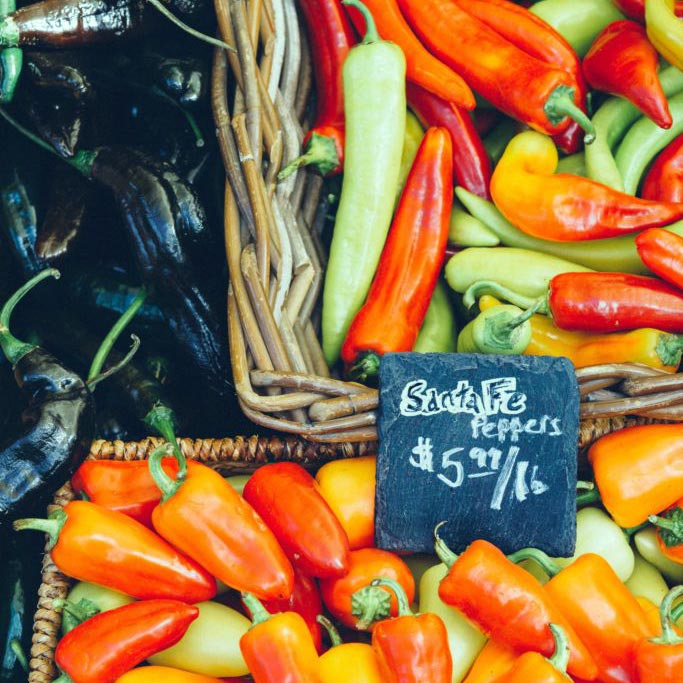Find the Pricing Sweet Spot

In their retail shop in Melrose, MA, Carol and Giulio Caperchi, from Seven Hills Pasta, had been tinkering away at their techniques for handmade pasta. They’d been selling it in their shop and at farmers markets for the last few years, and they believed they had a product that would really resonates with customers; they were ready to take it to the “big leagues” (i.e. get a distributor to carry their product instead of selling direct to consumer).
Certainly, there are many considerations for building their brand and scaling their business to get to the next level, but right near the top of the list is: how will they price his product?
Pricing strategies are complicated. If you’ve attended my webinars or workshops on pricing, you know that I talk about three considerations for pricing:
- What is your cost of production?
- What does the competition charge?
- What to you need to charge to make it all work?
In theory, it’s pretty straightforward: charge more than your cost of production (you do know how to calculate it, right?) but not so much that you price yourself out of the market; and make sure it’s enough to cover your overhead and profit.
But in real life, you need to get more granular and add more nuance.
A lot of farmers and food producers sell directly to the consumer, which makes things easier. But if you sell to a distributor (whether it’s Farmers to Youor Baldor Boston), then you need to consider a two-tiered pricing strategy: what will the distributor pay to buy from you; and what will the end consumer pay.
I worked with Carol and Giulio to think this through. The price they were selling the pasta for, was not the same as the retail customer was paying. When you sell your product to distributors, they mark up the price and then sell your product to retailers. The retailers then turn-around and mark up the price again before selling it to the retail consumer. Everyone wants a piece of the pie.
So how do you know what the right price is? There are two ways you can come at this:
- What is your cost of production? If you know that Whole Foods wants a 40% gross margin, and you want a 40% gross margin, what do you need to charge?
- What will the market bear? If you have a sense of what the retail custom will pay for your product (after conducting a competitive analysis), you may come to a suggested retail price. You can then work backwards to see what you need your cost of production to be.
Giulio went through the production costs… he figured out the batch cost of his pastas and then broke it down to a per pound/unit cost, factoring in the packaging costs as well. His total cost was $1.80 per pound. After everyone took their piece of the pie, he estimated that the retailers would need to sell it for $6.67 per pound. Based on his market research, that was too much. He thought the market would accept no more than $6.00.
We knew that Carol and Giulio would get more efficient with their costs as they scaled up, but we weren’t sure by how much. We worked backwards – if the target suggested retail price was $6.00, then where did he need his cost of production to be? We calculated that they would need to be able to produce and package a pound of pasta for $1.62 to make it work.
Giulio and Carol knew they couldn’t get their production costs down to $1.62 instantly but felt it was a reasonable target as they scaled up. Knowing that the numbers we reasonable, they continued forward with their growth strategy.
I’m thrilled to report that I’m seeing their pastas in Whole Foods and other retailers all over the state. They were able to source more competitively priced organic flours and packaging, and were able to achieve the cost of production targets.
You can download the pricing tool/excel worksheet that we used here. This will help you see both sides of the coin (or pasta box) to help you arrive at the right price and set benchmarks for what the cost of production should be.
